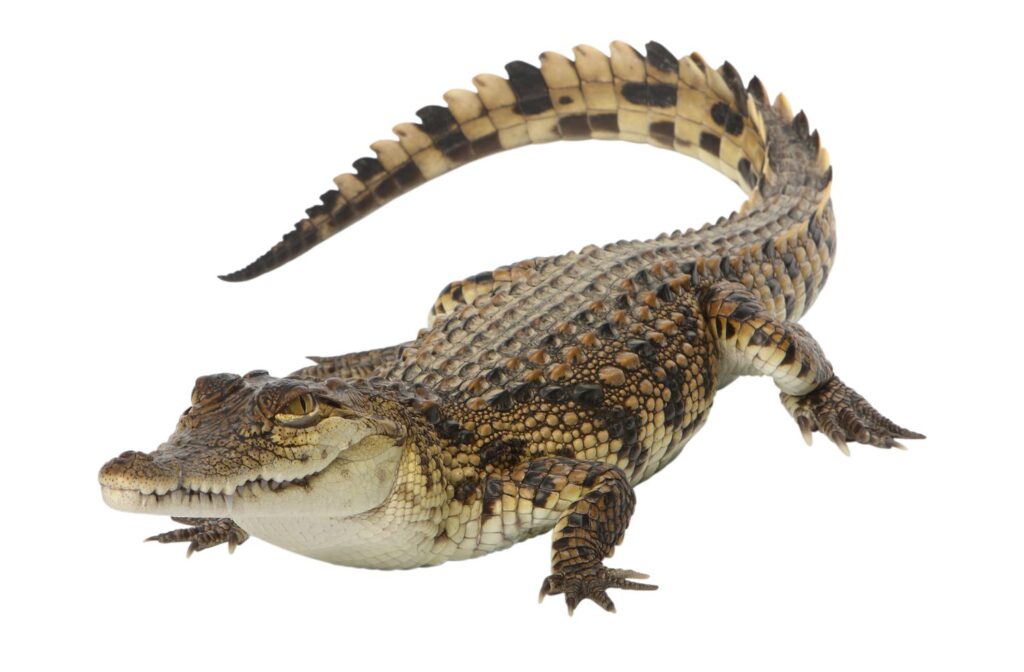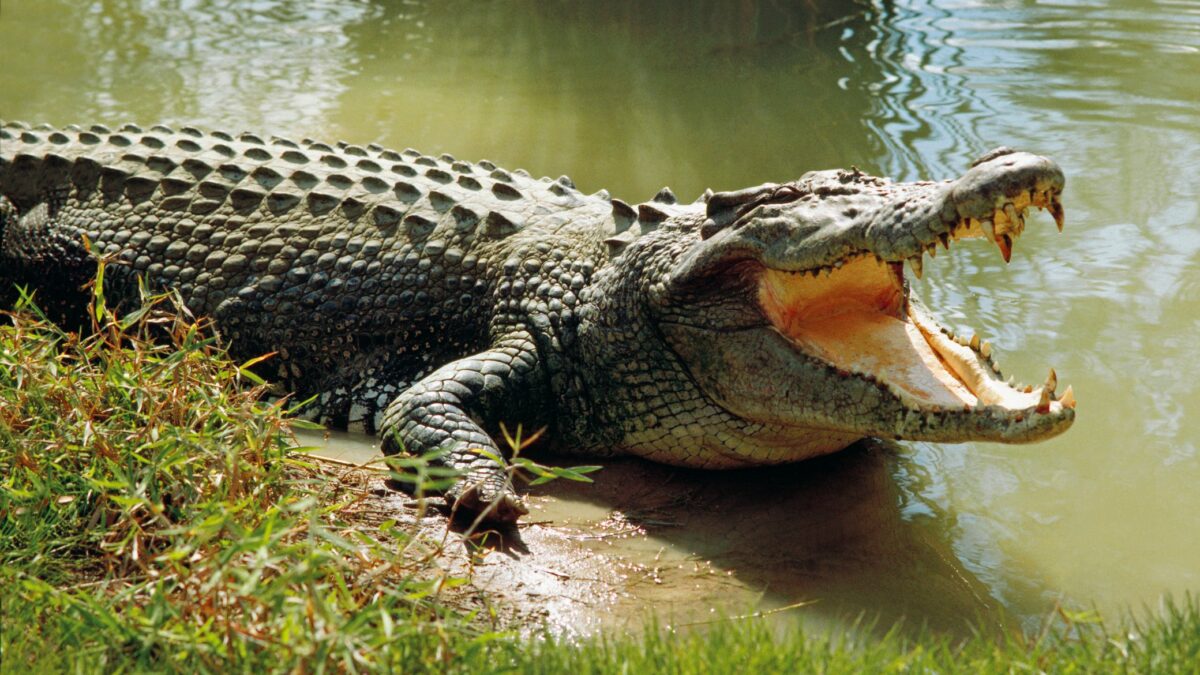
An Australian man, Marcus McGowan, faced a terrifying encounter with a crocodile off Cape York in Queensland last weekend. While snorkeling with his wife and friends, he was attacked from behind by what he believes was a juvenile crocodile. In a statement released by the Cairns and Hinterland health service on Tuesday, McGowan described the harrowing incident.
The crocodile had its jaws around McGowan’s head, but he managed to leverage them open just enough to free himself. The reptile attempted a second attack, during which McGowan defended himself with his right hand, resulting in a bite to his hand. A friend, who is a fireman, provided first aid on Haggerstone Island until an emergency helicopter transported McGowan to a nearby hospital. He received treatment for lacerations to his scalp and puncture wounds on his head and hand.
McGowan, a Gold Coast resident and avid surfer and diver, acknowledged the inherent risks of entering marine environments inhabited by potentially dangerous animals. He attributed the incident to being in the wrong place at the wrong time and requested privacy during his recovery.
The article highlighted the characteristics of saltwater crocodiles native to Australia, including their large size (up to 7 meters or more than 22 feet) and their ability to stay submerged for up to eight hours. It explained their hunting techniques, using the murkiness of the water to ambush prey and employing powerful jaws for a lethal “death roll” back into the water.
Despite the rebound in the population of saltwater crocodiles after years of poaching, they remain vulnerable in Queensland. The Queensland Department of Environment and Science maintains records of crocodile attacks, emphasizing the rarity of such incidents. The government is committed to a crocodile management program that balances public safety with the conservation of estuarine crocodiles in the wild.
The article concluded with information about the last recorded crocodile attack in the region, which occurred around Cape York in February. It noted the infrequency of fatal attacks, with the last one in the state recorded in February 2021. The Queensland government’s commitment to managing human-crocodile interactions underscores the ongoing effort to protect both public safety and the survival of these reptiles in their natural habitat.
